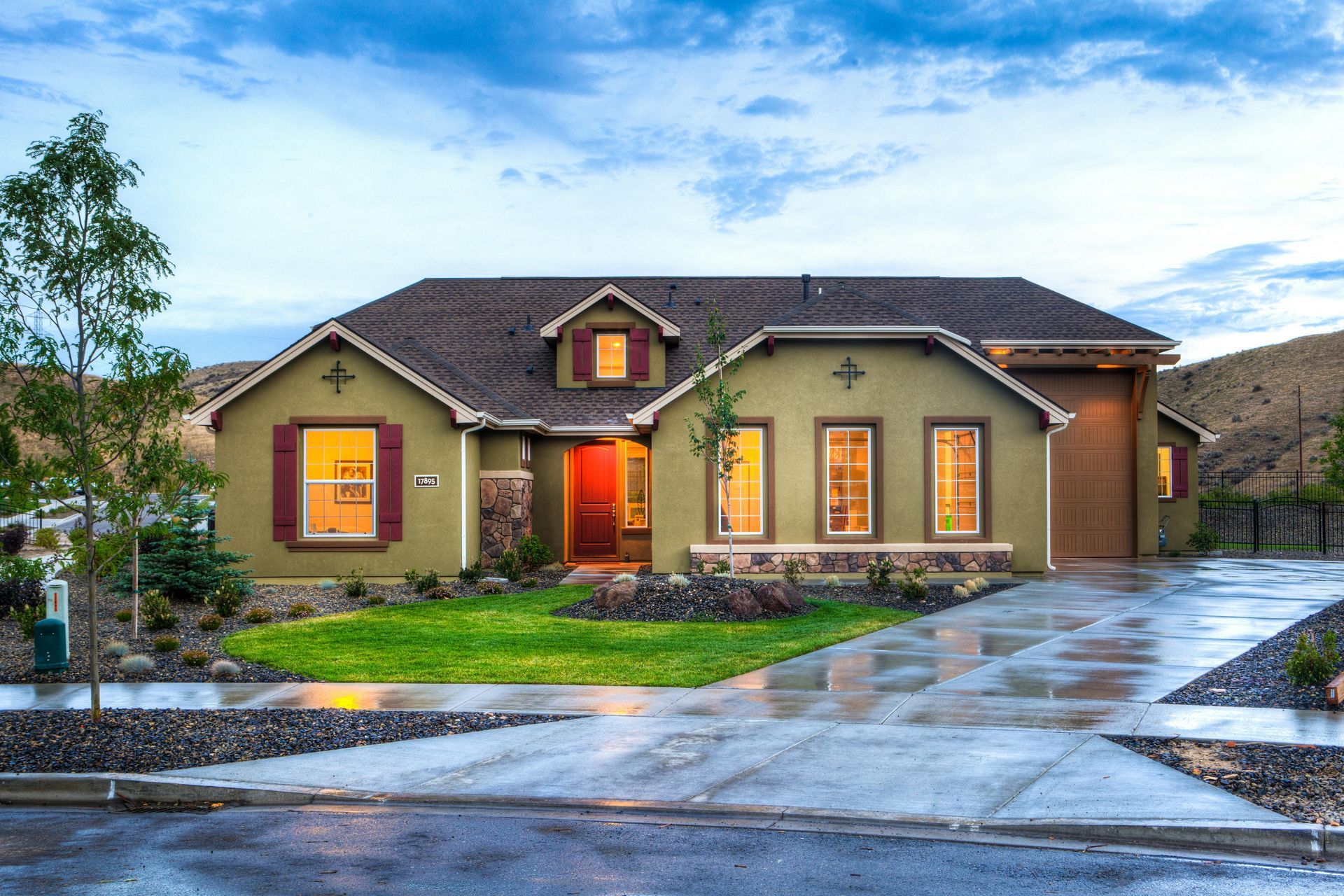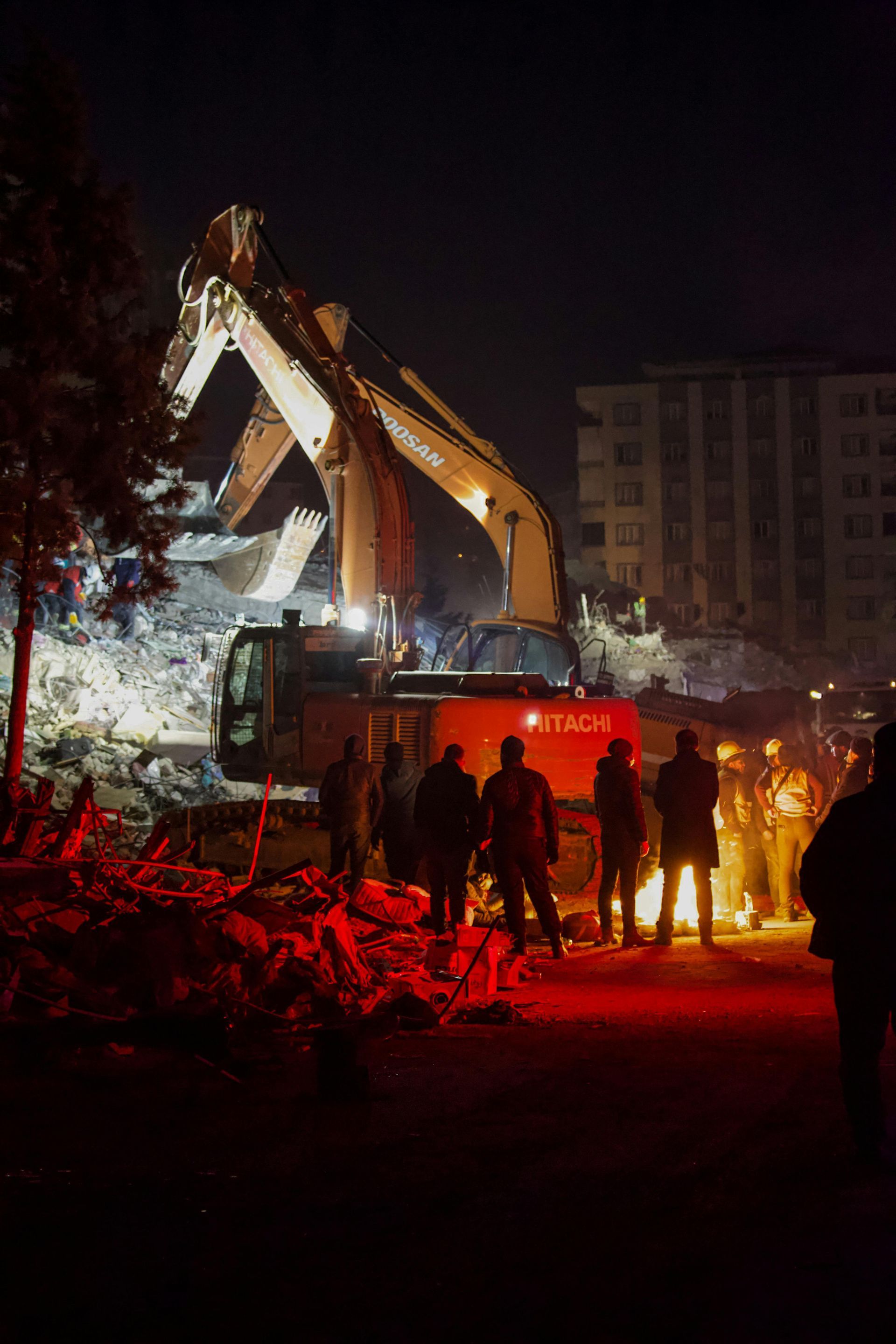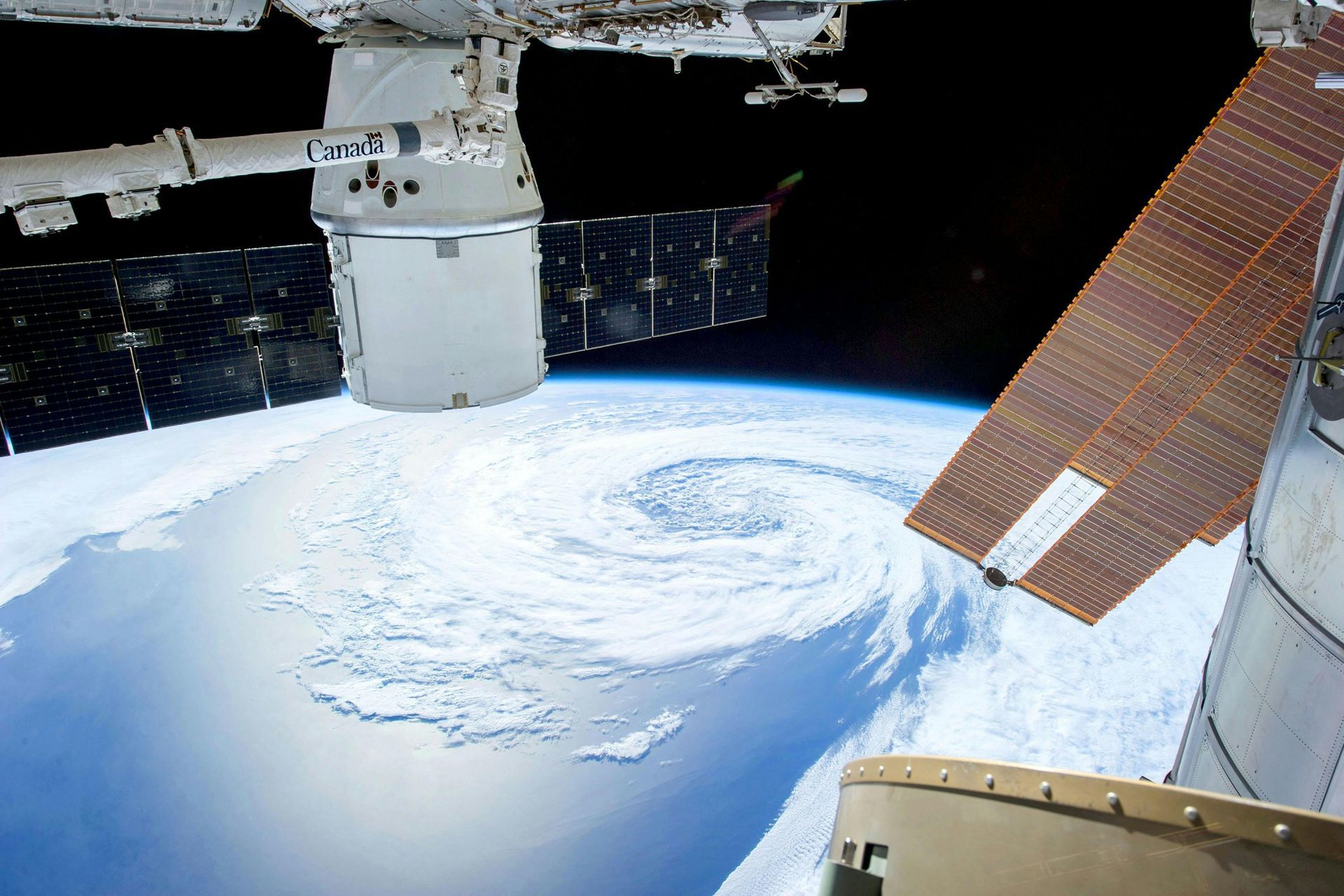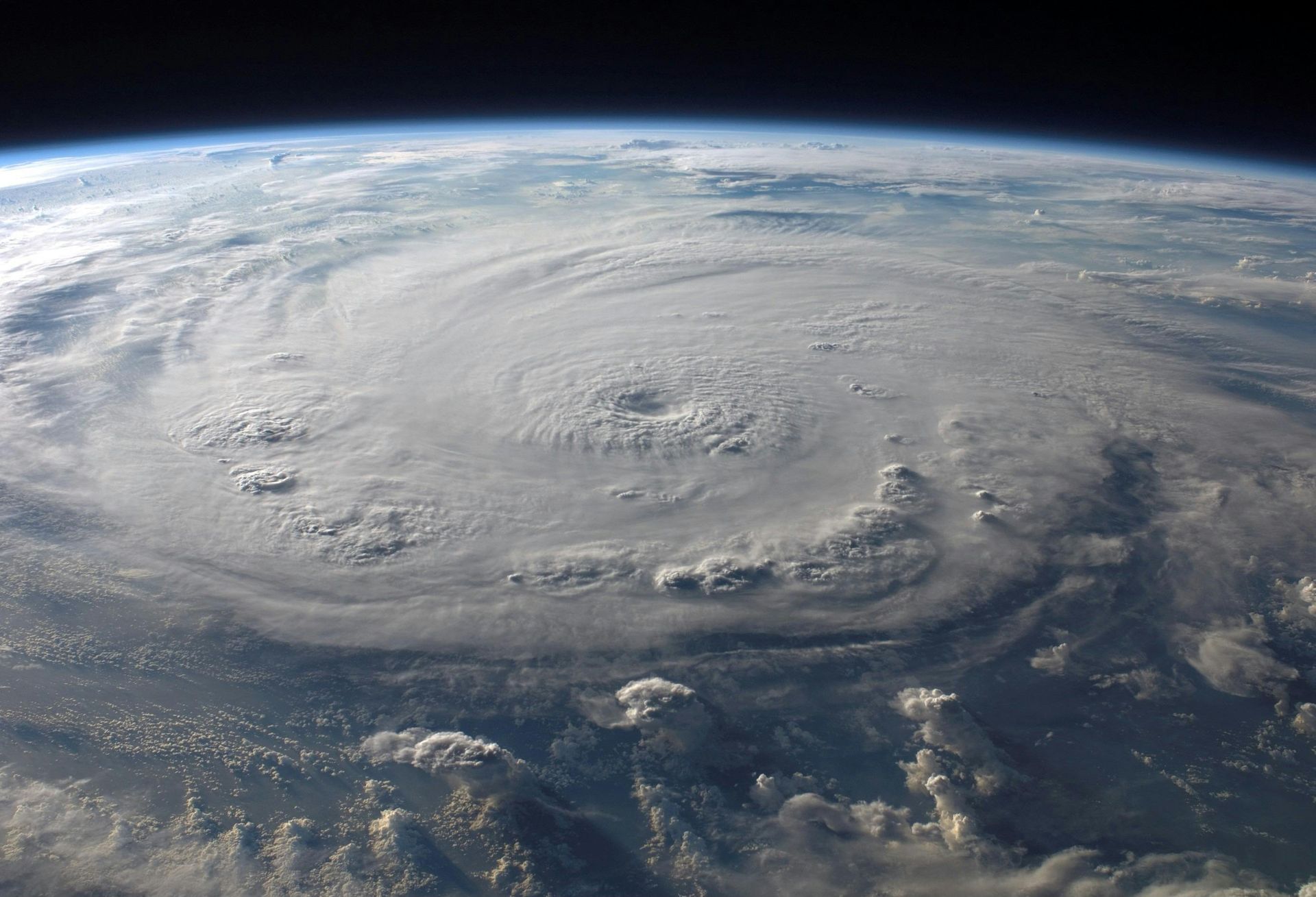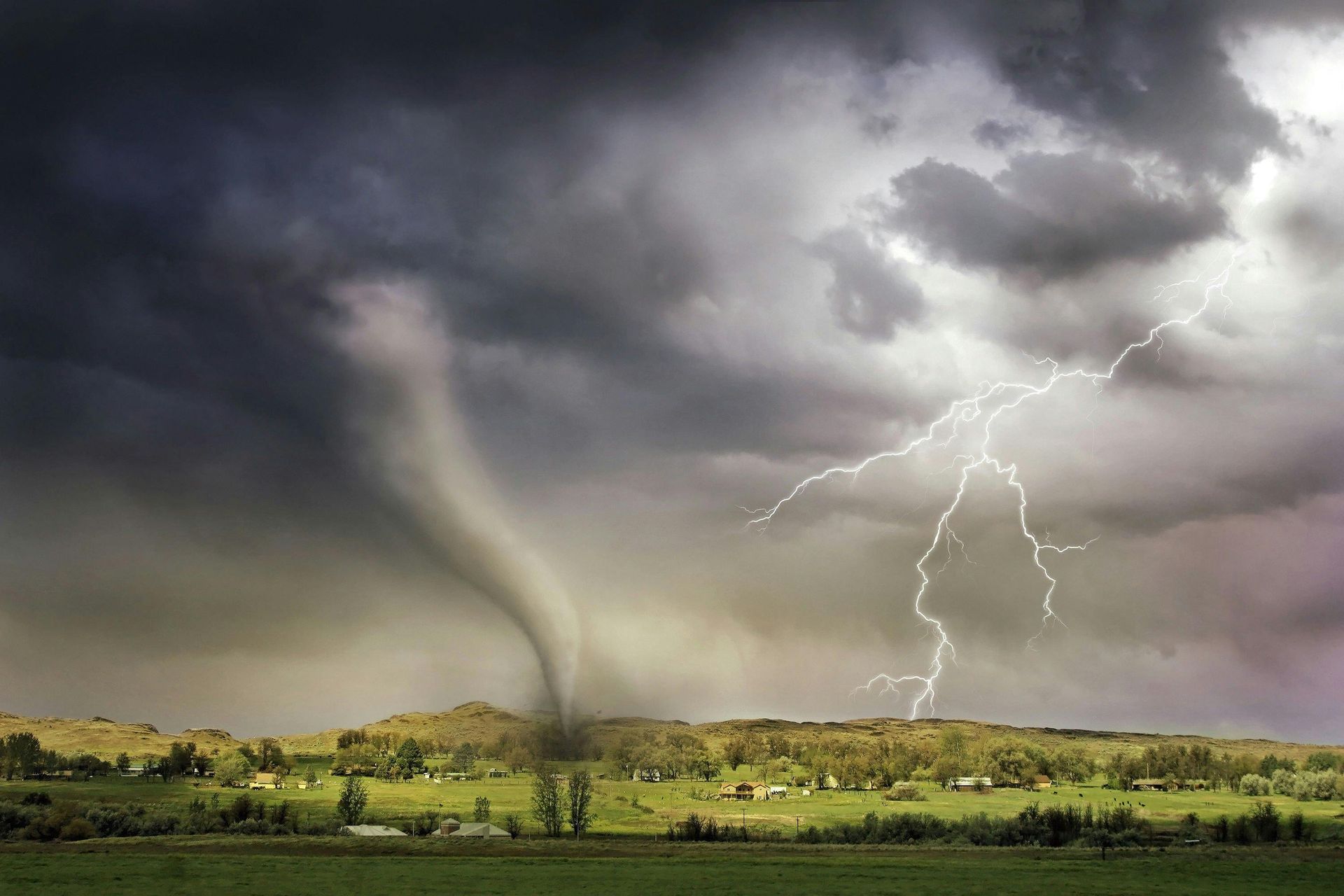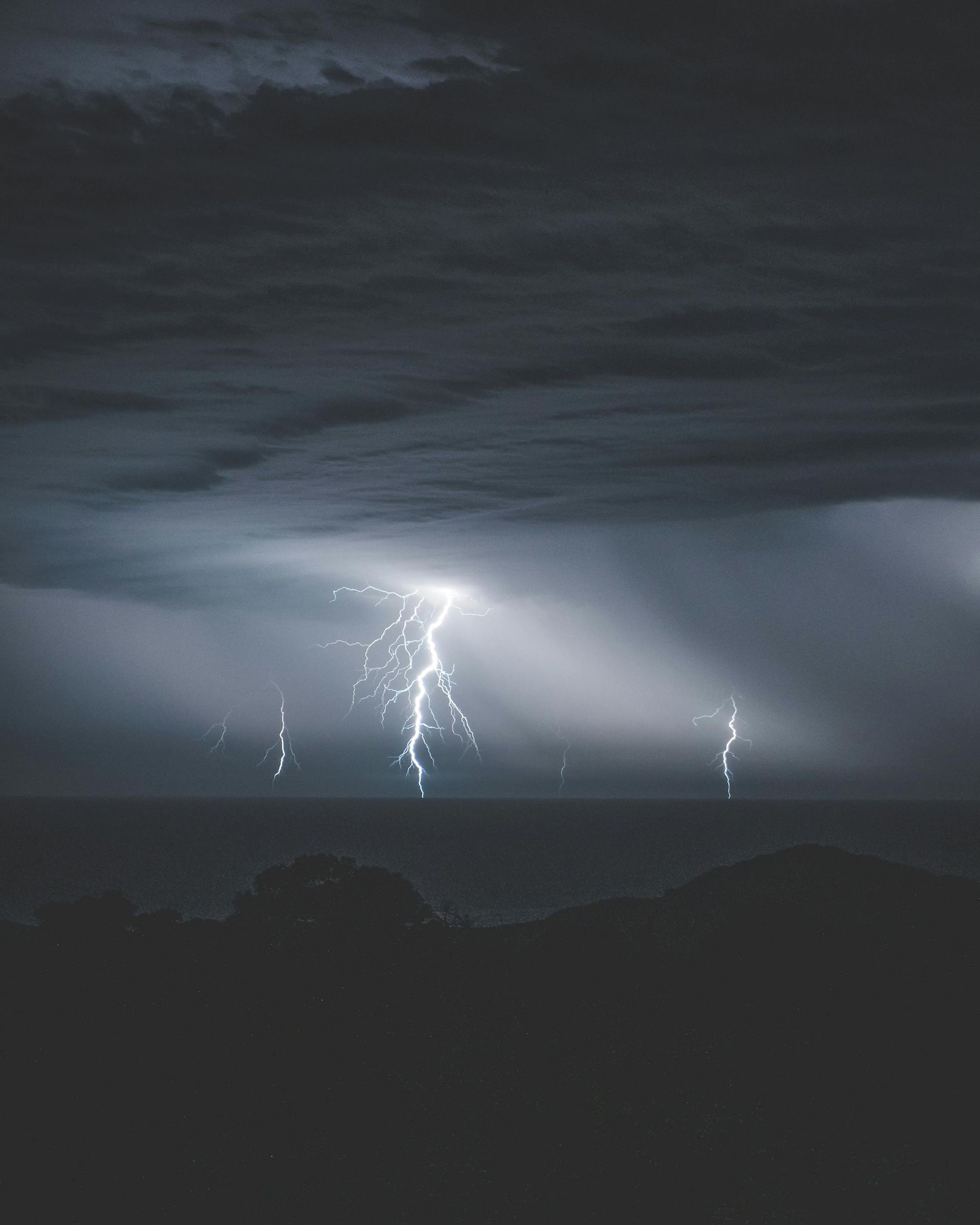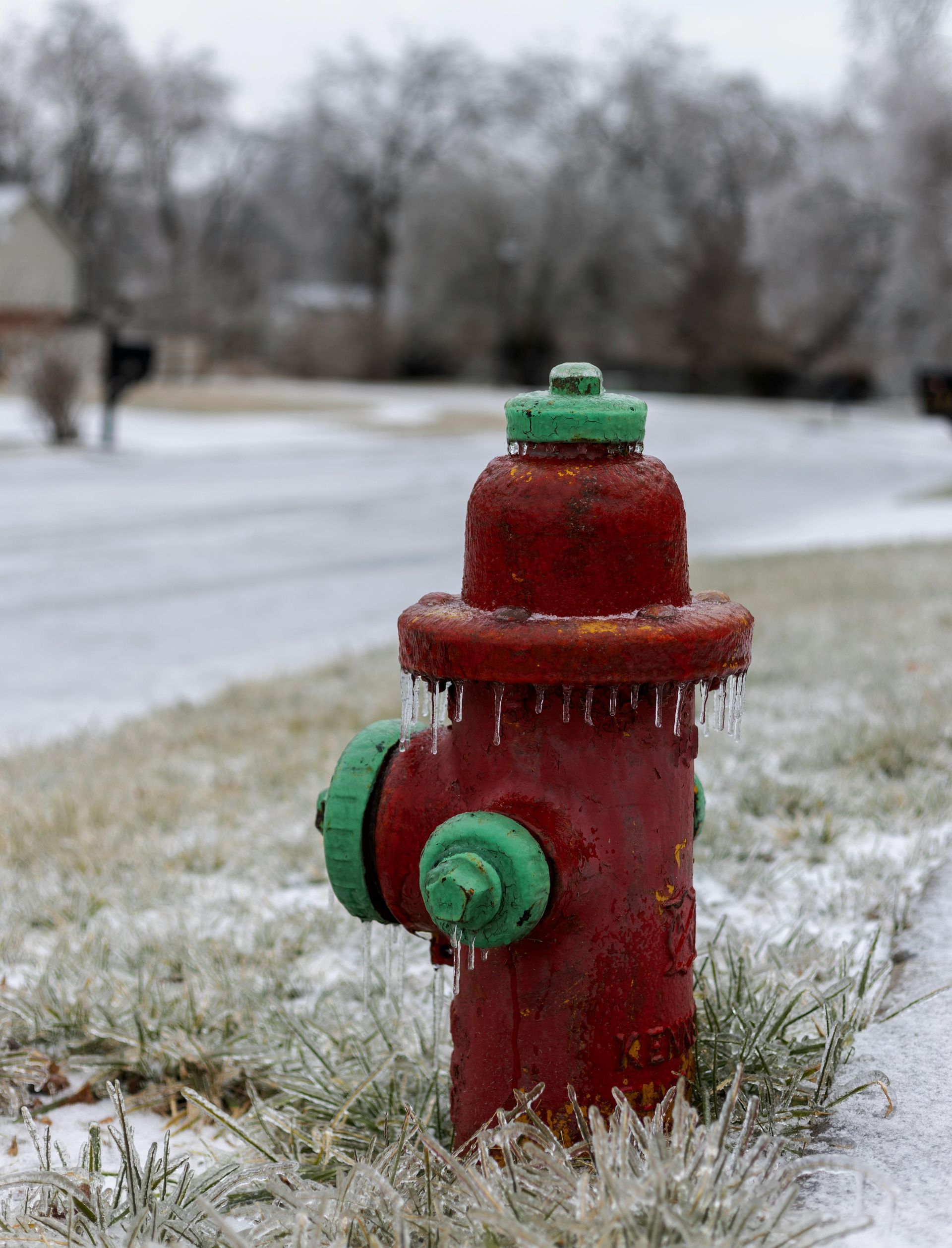How to Build the Ultimate Emergency Supply Kit for Any Disaster
Disasters strike without warning, and whether it’s a hurricane, flood, wildfire, or earthquake, being prepared can make all the difference. At the heart of disaster preparedness lies one crucial element: the emergency supply kit. A well-stocked kit ensures you have the essentials to survive during and after a crisis. Building the ultimate emergency supply kit doesn’t have to be overwhelming. This guide breaks down the essentials you’ll need to stay safe, comfortable, and ready for any disaster.
Why You Need an Emergency Supply Kit
Disasters often disrupt basic services like electricity, water, and communication. Roads may become impassable, and stores may be closed or stripped of supplies. An emergency supply kit ensures you have access to the resources you need to:
- Sustain life: Access to food, water, and medical supplies is critical.
- Stay safe: Tools and items like flashlights, radios, and protective gear help you navigate emergencies.
- Remain self-sufficient: Kits reduce dependence on external help, which may be delayed during widespread crises.
Building the Ultimate Emergency Supply Kit: What to Include
Your kit should cover five critical areas: water, food, first aid, tools, and personal needs. Here’s a detailed breakdown:
1. Water: The Lifeline of Survival
Water is your most critical resource. A person can survive for weeks without food but only days without water. Plan for at least one gallon of water per person per day for a minimum of three days.
- Storage Solutions:
- Bottled water (sealed and commercially packaged)
- Water storage containers (like jerry cans or collapsible tanks)
- Purification Tools:
- Water purification tablets
- Portable water filters (e.g., LifeStraw)
- Boiling pot (if you have access to fire)
2. Food: Sustenance During a Crisis
Include non-perishable, nutrient-dense foods that require little to no preparation.
- Food Options:
- Canned goods (vegetables, fruits, beans, tuna, chicken)
- Ready-to-eat meals (MREs)
- Energy bars and protein snacks
- Dried fruits and nuts
- Instant oatmeal or soup packets
- Additional Items:
- Manual can opener
- Utensils, including forks, spoons, and a lightweight cooking pot
3. First Aid: Caring for Injuries
Accidents and injuries are common during disasters. A comprehensive first aid kit is essential for treating minor injuries and preventing infection.
- Basic Supplies:
- Bandages (various sizes), gauze pads, and adhesive tape
- Antiseptic wipes and ointment
- Tweezers and scissors
- Thermometer
- Gloves (non-latex)
- Medications:
- Pain relievers (ibuprofen or acetaminophen)
- Antihistamines for allergic reactions
- Anti-diarrheal medication
- Prescribed medications (minimum 7-day supply)
- Special Items:
- Emergency blanket
- CPR face shield
4. Tools and Equipment: Essentials for Survival
The right tools can make navigating a disaster easier and safer.
- Navigation and Communication:
- Battery-powered or hand-crank radio (with NOAA weather alerts)
- Backup phone charger or portable power bank
- Waterproof maps of your area
- Lighting and Fire:
- Flashlights (with extra batteries)
- Waterproof matches or lighters
- Candles or lanterns
- Multi-purpose Tools:
- Multi-tool or Swiss Army knife
- Duct tape (for repairs and sealing gaps)
- Plastic sheeting and tarp (for shelter or protection)
- Safety Gear:
- N95 masks (protects against dust, debris, and airborne particles)
- Work gloves
- Sturdy shoes or boots
5. Personal and Hygiene Needs
Staying clean and comfortable boosts morale during emergencies.
- Hygiene Supplies:
- Toothbrush, toothpaste, and floss
- Biodegradable soap or body wipes
- Hand sanitizer
- Feminine hygiene products
- Portable toilet or sanitation bags
- Clothing:
- Weather-appropriate clothes (warm layers for cold climates, breathable fabrics for hot areas)
- Extra socks and underwear
- Rain gear (poncho or waterproof jacket)
6. Important Documents: Protecting Your Identity and Finances
Disasters can destroy vital documents. Keep copies of the following in waterproof containers or digital backups:
- IDs (driver’s license, passport)
- Insurance policies (home, health, and auto)
- Financial documents (bank account numbers, credit card information)
- Medical records
- Emergency contact list
7. For Families with Specific Needs
Each household has unique requirements. Tailor your kit to accommodate:
- Infants and Toddlers:
- Baby formula or food
- Diapers and wipes
- Small toys or comfort items
- Elderly or Disabled Family Members:
- Mobility aids (e.g., cane, walker)
- Medical devices and spare batteries
- Pets:
- Pet food and water
- Leash, collar, and ID tags
- Waste bags
Assembling and Storing Your Kit
- Choose the Right Container:
- A durable, waterproof backpack or storage bin is ideal.
- For larger families, consider multiple kits (e.g., a car kit, a home kit).
- Strategic Placement:
- Store your kit in an easily accessible location.
- Consider secondary kits in your car or workplace.
- Regular Updates:
- Check your kit every six months to replace expired food, water, and medications.
- Update it based on seasonal needs (e.g., warmer clothing in winter).
Tips for Staying Prepared
- Practice Emergency Drills:
Regular drills help your family know how to use the kit and follow the emergency plan. - Educate Everyone:
Make sure all family members know where the kit is stored and how to use its contents. - Keep Learning:
Take CPR and first aid training to be better prepared to assist during a crisis.
The Role of Disaster South in Preparedness
At Disaster South, we know that preparation is the key to minimizing loss and stress during disasters. Our team of experts can help you evaluate your unique risks and build an emergency plan tailored to your needs. From flood season tips to recovery solutions, we’re here to support you every step of the way.
Be Ready for Anything
An emergency supply kit is more than just a collection of items—it’s a lifeline in times of crisis. By carefully assembling and maintaining your kit, you’ll be ready to face disasters with confidence and resilience. Don’t wait for the unexpected to happen; start building your ultimate emergency supply kit today.
Need help getting started or updating your kit? Contact Disaster South for expert advice and resources. Together, we’ll ensure you’re ready for anything.
